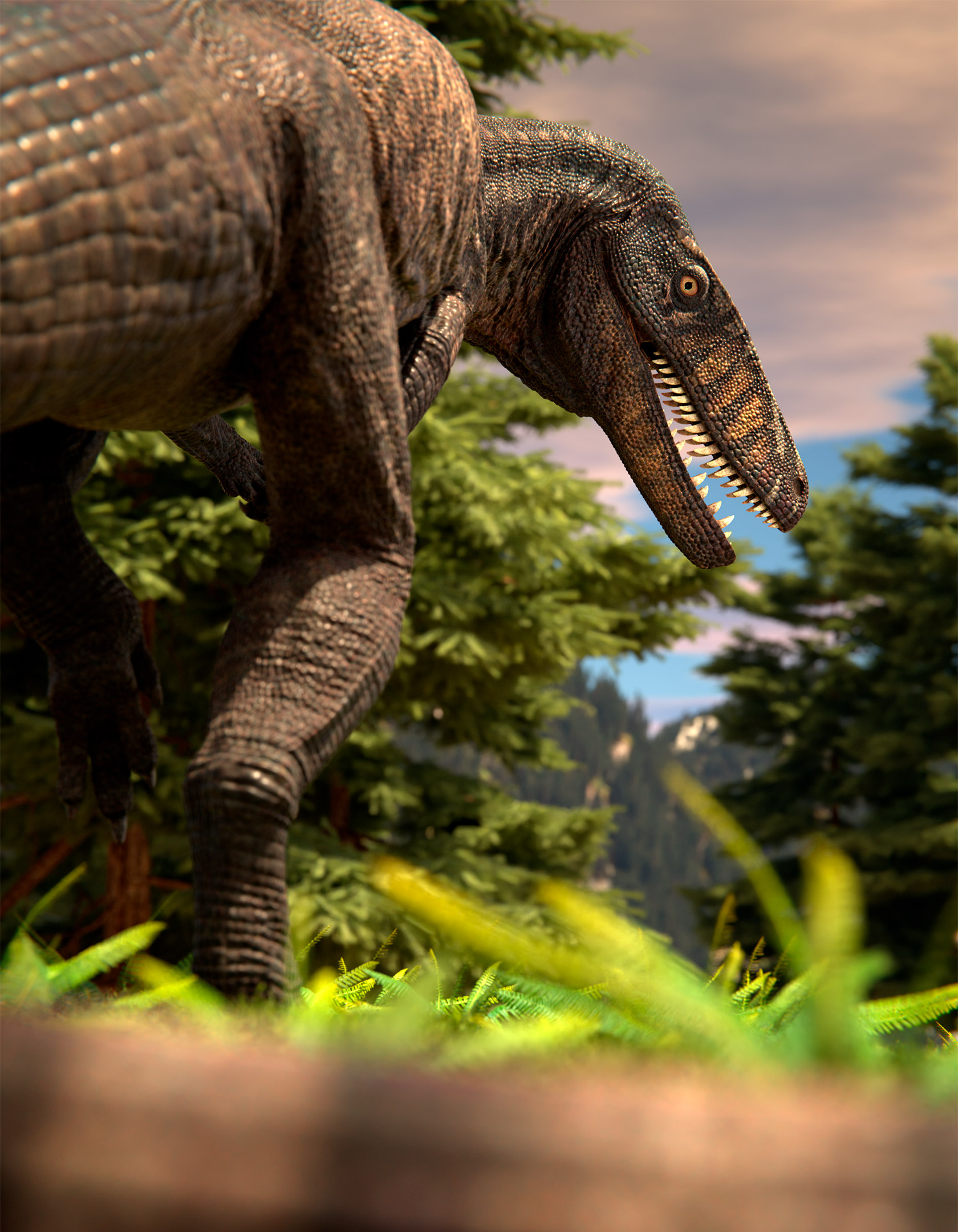Crocodiles, often perceived merely as brutish reptiles lurking in murky waters, are so much more than their fearsome reputation suggests. These ancient predators have roamed the Earth for approximately 200 million years, surviving mass extinctions and evolving into astonishing creatures. Herein lies an intricate tapestry of facts and insights that redefine our understanding of these enigmatic reptiles.
1. Ancient Lineage
Serving as a link to a prehistoric era, crocodiles belong to an ancient group of reptiles known as archosaurs, sharing a common ancestor with dinosaurs and birds. This lineage not only marks them as survivors of epochs long gone but also indicates that their evolutionary adaptations have rendered them remarkably resilient. Their body structure has remained relatively unchanged for millions of years, earning them the moniker “living fossils.” This phrase underscores their connection to a past where they thrived alongside now-extinct megafauna.
2. Diverse Species
Globally, there are over 15 different species of crocodile, each adapted to unique environments ranging from freshwater rivers to coastal saltwater habitats. The most renowned include the Nile crocodile, the American crocodile, and the revered saltwater crocodile, the latter of which is the largest living reptile. Salty, as it is colloquially known, can grow up to 23 feet in length—an impressive feat that captures the imagination. This diversity reflects not only their adaptability but also their evolutionary success across varied ecosystems.
3. Acute Senses
Crocodiles possess an astonishing array of sensory capabilities. Their eyesight, whether above or below water, is exceptional—thanks to a nictitating membrane, a transparent eyelid that protects their eyes while hunting. Furthermore, their ears are particularly sensitive; they can hear frequencies beyond the human range, allowing them to detect sounds from great distances. With a keen sense of smell, which can detect prey from more than a mile away, these formidable hunters employ their acute senses to dominate their environments effectively.
4. Specialized Feeding Mechanism
The physiology of crocodiles paints them as exemplary predators. Their jaws, powerful enough to crush bones, operate with precision, and their conical teeth are specifically designed for grasping rather than chewing. Interestingly, crocodiles have a remarkable ability to exert immense pressure when biting down—estimates suggest between 2,000 to 5,000 pounds per square inch. Yet, unlike other carnivores, they do not utilize these teeth for chewing; instead, they submerge prey underwater to drown it before tearing it apart. This method highlights their uniqueness in the animal kingdom.
5. Aquatic Agility
Despite their bulky appearance, crocodiles are surprisingly agile in the water. Equipped with a streamlined body, powerful tails, and webbed feet, they can swim at remarkable speeds, sometimes exceeding 20 miles per hour in short bursts. This ability allows them to ambush unsuspecting prey, giving them an advantage despite their size. Their agility is complemented by a unique mode of locomotion; they can move with a remarkable grace that belies their daunting presence.
6. Social Behavior and Communication
Contrary to the stereotype of solitary beasts, crocodiles exhibit intricate social behaviors and communication strategies. They engage in various vocalizations, ranging from hissing to low-frequency rumbling sounds, which serve different social functions, including mating calls and territorial warnings. Interestingly, maternal care is prominent among some species, where females exhibit remarkable nurturing behavior, protecting their hatchlings for extended periods—a behavior rare among reptiles.
7. Impressive Longevity
With lifespans extending into the several decades, crocs are remarkably long-lived creatures. Many species can survive to be 70 years old, and some individuals have been known to live over 100 years in captivity. Their slow growth rates and late maturity contribute to their longevity, painting a picture of a creature well-adapted not just to survive but to thrive over time.
8. Unique Reproductive Behaviors
Crocodilian reproductive habits are as fascinating as the creatures themselves. Females typically construct nests from vegetation and mud, laying a clutch of up to 60 eggs. Remarkably, the temperature of the nesting environment determines the sex of the hatchlings—a phenomenon known as temperature-dependent sex determination. Cooler temperatures often yield females, while warmer conditions will produce males. Such profound ecological implications exemplify how these reptiles remain inextricably linked to their habitats.
9. Cultural Significance
The imposing presence of crocodiles in various cultures renders them symbols of power, resilience, and wisdom. Ancient Egyptians revered crocodiles, associating them with Sobek, the god of fertility and protection, while in many indigenous cultures, they are emblematic of survival and adaptability. Artistic representations of crocodiles span centuries, illustrating their place within the human narrative as both feared and respected entities.
10. Conservation Status
Despite their ancient lineage and adaptability, crocodiles face numerous threats in the modern world, including habitat destruction and hunting. Conservation efforts are crucial for ensuring their survival. International treaties, such as the Convention on International Trade in Endangered Species (CITES), aim to protect these ancient predators while promoting sustainable practices. Awareness and education foster a greater understanding of their ecological roles, essential for preserving the delicate balance of their ecosystems.
In conclusion, swimming beneath the surface of the water, crocodiles encapsulate an exquisite amalgamation of ancient heritage and modern intrigue. Their undeniable evolution offers a promising shift in perspective from viewing them purely as fearsome predators to recognizing their valuable roles in terrestrial and aquatic ecosystems. Each fact serves not only to educate but also to engender curiosity about these magnificent creatures’ hidden depths and complexities.










